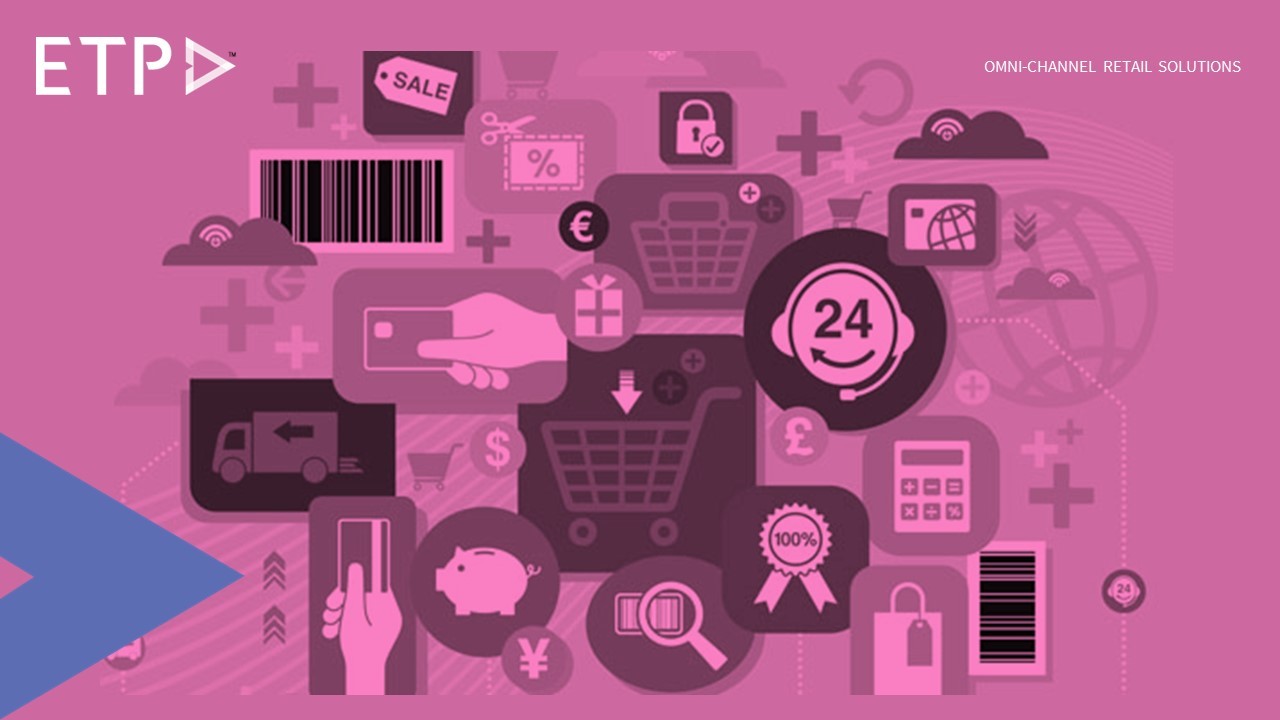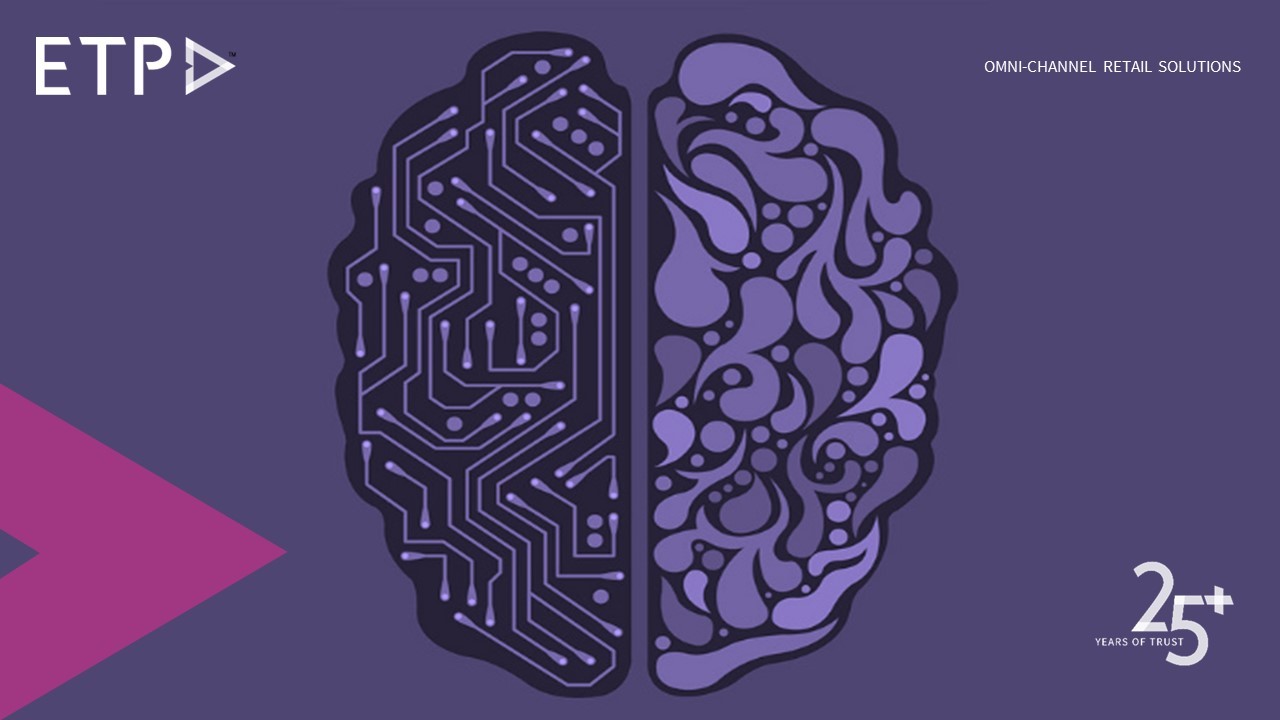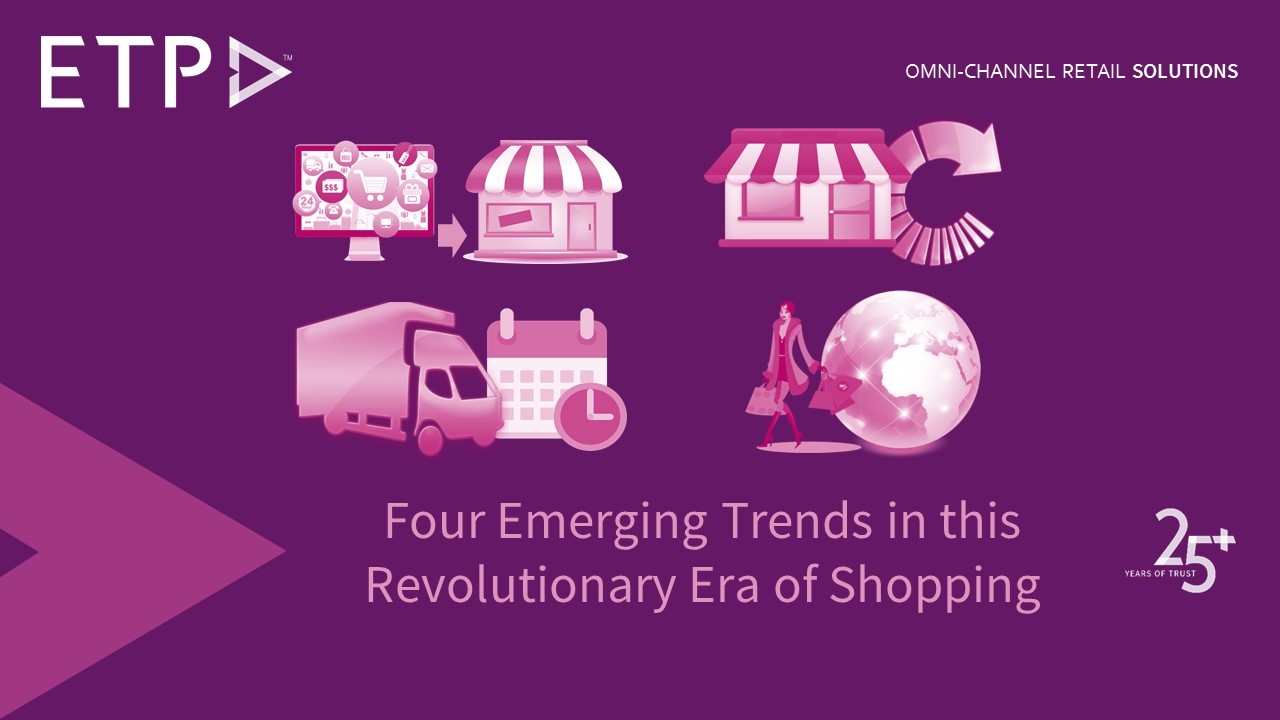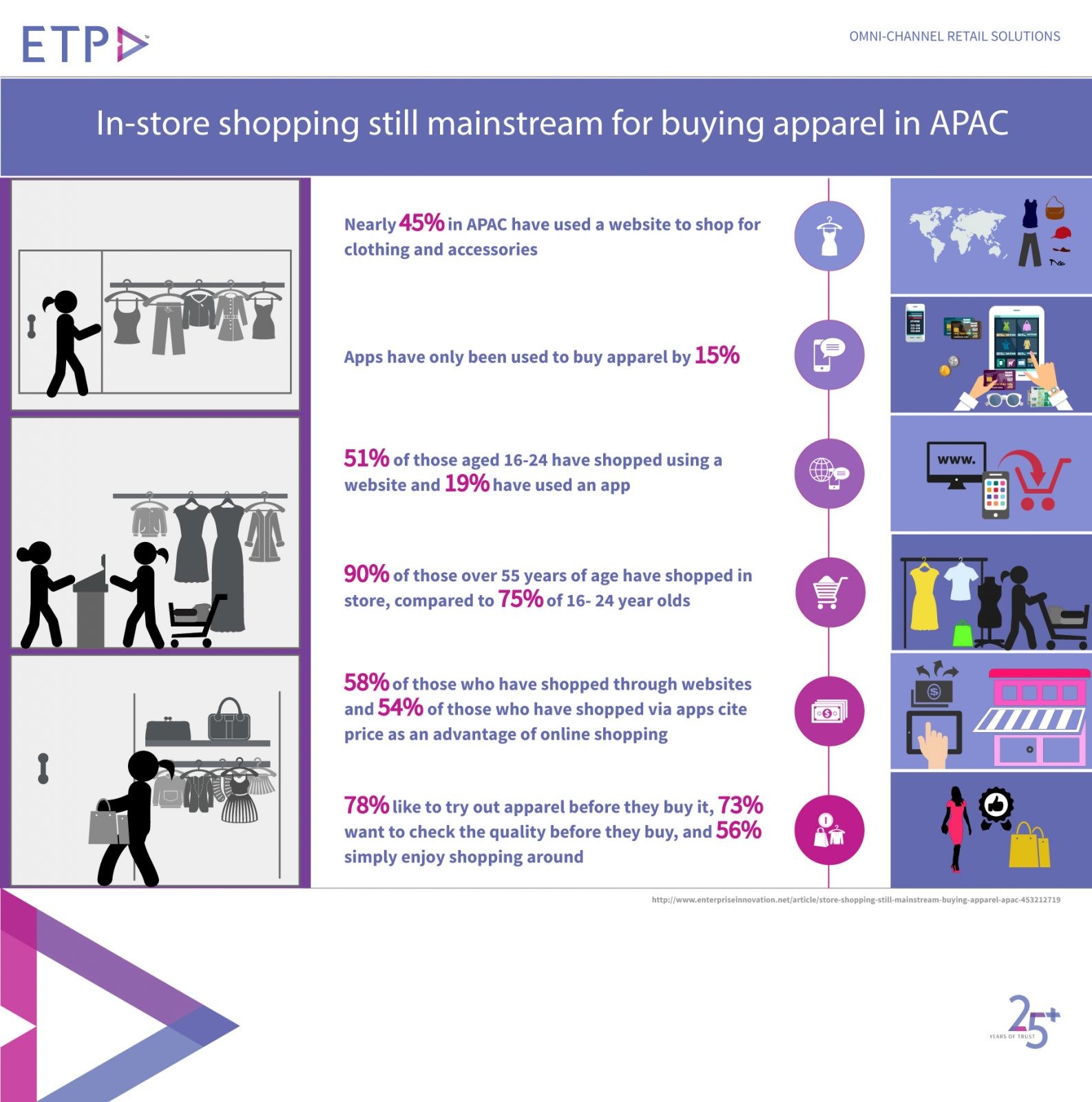Sometime in the 18th century, the world embarked upon an economic journey that was unprecedented in the past. The phenomenal movement that brought about a paradigm shift in the lifestyles of people is well known to everyone as Industrial Revolution. It set off the world economies on a journey where there was no looking back. US, UK and most of Europe made the most out of it, and the nation that failed or rather was not allowed to participate in the industrial revolution was India. The ramifications of it can still be felt, seen and observed in the Indian economy. The liberalization of 1990-91 that led to abolishing of the license raj and diminishing of red tape brought some respite. The IT sector too helped India in firmly establishing its feet on the global platform. But, India still could not come at par with the developed economies. India needed a reform which can help its economy to take a leap and establish itself as one of the strongest economies in the world. The GST (Goods and Services Tax) could be one such reform that can help the Indian economy to attain a stature which the country has been missing out for so long.
The GST will not only help India attain a formidable economic stature, but also help various sectors and industries in achieving the desired growth. The preparations to adopt GST are in full swing and industry stalwarts too are trying to gauge the outcomes of this mammoth tax reform thus, making it all the more important to simplify the complexities that exist in GST. Talking about industry and economy, it is of utmost importance to talk about retail. The Indian retail market is estimated to be US$ 600 billion and one of the top five retail markets in the world by economic value. Retailing in India is one of the most important pillars of Indian economy and hence it becomes indispensable for the retailers to understand the complex tax structure and streamline their strategy accordingly.
Like the industrial revolution, the impacts of GST too would be felt and perhaps even for a longer time. But how would they be felt? And, specifically what impacts would it have on retail sector is something to be pondered over. Here are certain attributes of GST that will help in gauging its outcomes –
- A unified tax regime – India has a number of indirect taxes – VAT, service tax, CST, service tax on warehousing, consulting and rent, octroi and entry tax to name a few. It’s a well-known fact that more the number of taxes, more is the burden faced by the taxpayers. Also, it serves as a deterrent to industries by causing impediments in the process of streamlining business and in turn, causing a dent in their bottom line. The government plans to create a unified tax regime that will boost the morale of retailers and will help the retailers to conduct business with greater confidence. For example, as on date, if a consumer pays Rs. X under 4 different taxes so his total expenditure on tax becomes Rs. 4X. After the implementation, it would require the taxpayer to pay a particular amount under one tax only, hence a person would require to pay Rs. Y only at one place, where most likely Y<4X. This is why it is being termed as One Nation, One Tax.
- Tax structure – The government has proposed four tax slabs at 5%, 12%, 18% & 28 % for different types of items and services. Moreover, there will be 3 kinds of applicable Goods and Services Taxes:
- Central GST (CGST), where the tax will be collected by the central government.
- State GST (SGST), where the tax will be collected by the state government
- Integrated GST (IGST), where tax will be collected by the central government for inter-state sales.
The aforementioned tax structure would encourage retailers to consolidate their warehouses. As much as 20-30% consolidation of warehouses is expected. Moreover, it would also be easy to transport goods from one state to another as boundaries will become insignificant.
- Input tax credit – This attribute can definitely be considered as the most important and significant aspect of GST. Input tax credit is the savings you can get while paying the tax at the output, by offsetting it with the tax you paid at the input. It applies to all barring Agriculturists. In the current tax regime, input tax credit is applicable only on VAT, but in proposed GST regime there will be a set off in taxation starting from the producer’s point till the customer’s point. The outcome of this step would be a significant reduction of the tax burden on retailers and this very well may be passed on to consumers, thus providing room for price reduction as well.
GST is a consumption based or destination based tax i.e. the tax should be received by the state in which the goods or services are consumed or rather the destination of the final goods and not by the state in which such goods are manufactured. So the cascading effect of taxes will be done away with. This indeed is one of the major advantages of implementing GST. But it would require a complete renovation of the existing systems/paradigms pertaining to taxation. And, this is where one of the most formidable players in our economy, the IT comes into play.
IT has brought about a revolution in the way we carry out our activities, and it is thus relevant for retailers to adopt/modify their IT strategies. Retailers have to deal with various aspects that would be affected by implementing GST such as billing, returns, merchandising, delivery, transportation, order management so on and so forth. The prerequisite for dealing with the changes pertaining to the aforementioned activities is to implement a comprehensive, extensive and user-friendly retail solution software. Easier said than done. Most of the retailers in India do not have their own retail software solution and they outsource it to 3rd party vendors. It becomes of immense importance for retailers to choose a solution software that helps them deal with –
- Supply chain management
- Inventory management
- Billing/Invoicing
- Interstate transfers in case of deliveries
- Order management
- Effective return policy
- Discount offering
And many more. The aforementioned activities would entail conforming to the new tax regime. This is a mammoth task that would require developing complex algorithms and updating the existing ones to enhance compatibility. The right investment in this direction would end up saving a majority of future expenses. One such solution is ETP’s omni-channel retail software solution that has served industry giants in more than 22 countries across Asia Pacific, India and the Middle East. It provides solutions that already conform to tax regimes of different countries. From this, it can be safely stated that ETP understands the know-hows of tax structures, and thus it can be trusted with GST as well. ETP has been developing complex algorithms ever since the GST rollout was announced. It has also been working on to understand the other intricacies of GST so that it can be implemented efficiently in the software solution. Thus, the software will enable retailers to carry out their business operations without any hassles and expand their consumer/customer base, which in turn would also enhance their bottom line.
The GST reform is something that has been long yearned by the industry, retailers, manufacturers and consumers. We should embrace this reform with ample knowledge and understanding so that it doesn’t get misinterpreted and complex like the existing tax regime. The amount of complexity that the current tax structure entails, poses as a deterrent not only to the new entrants but to the existing players as well. Once implemented, retailers can shift their focus from tax planning to profit planning and can reap maximum benefits out of it.









